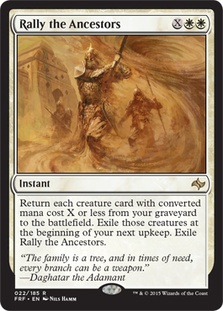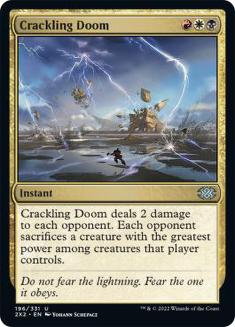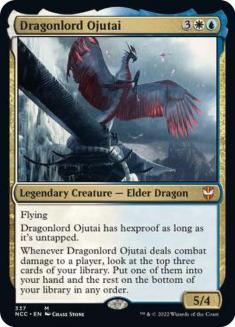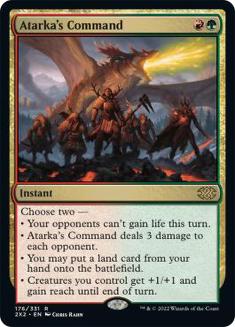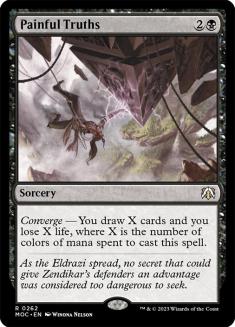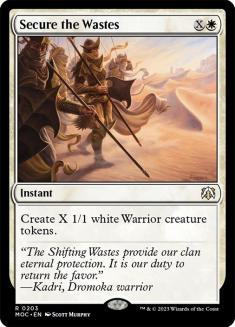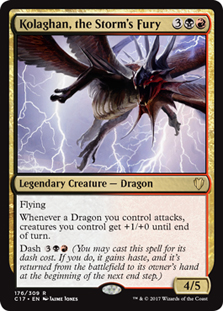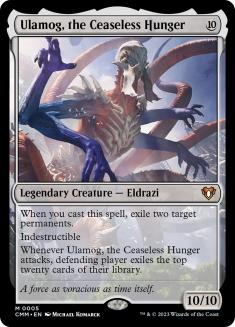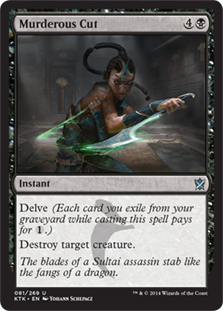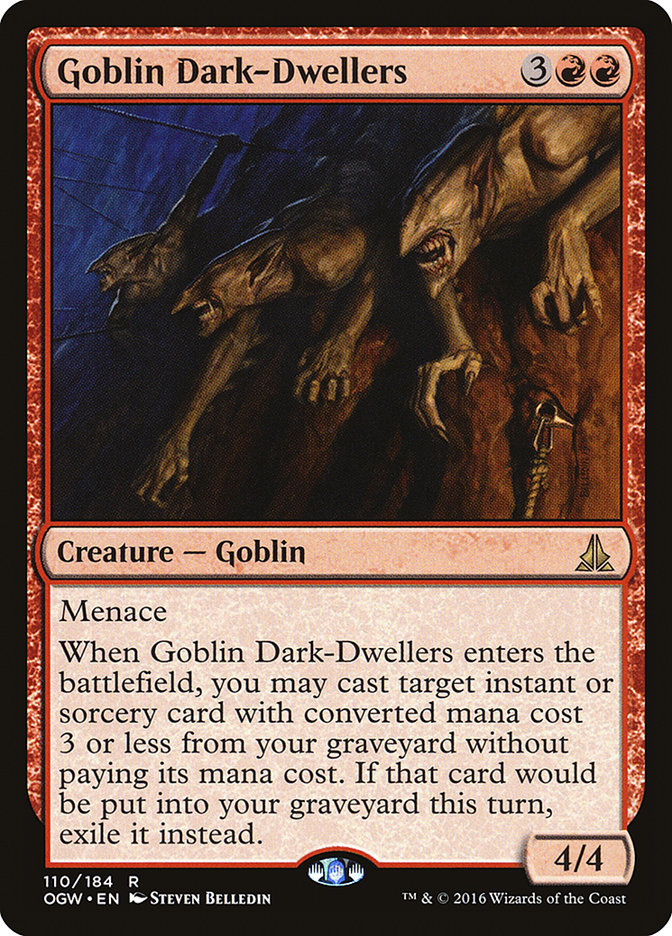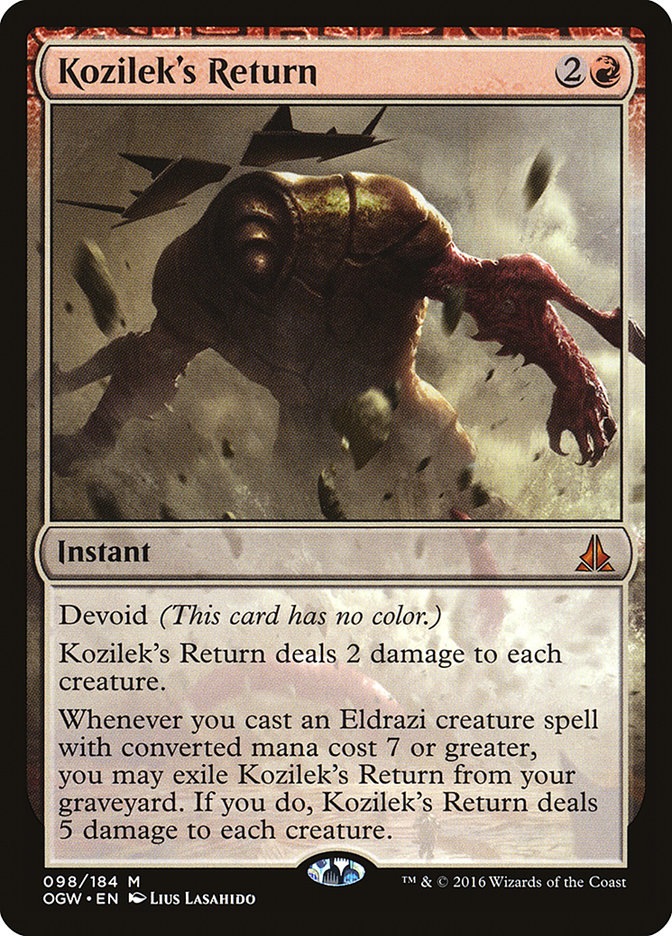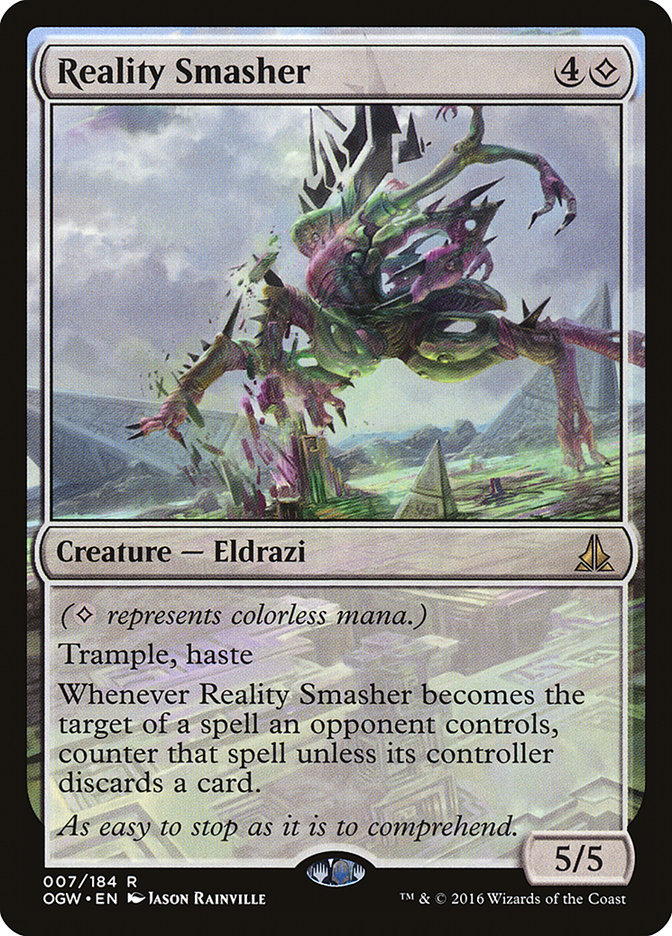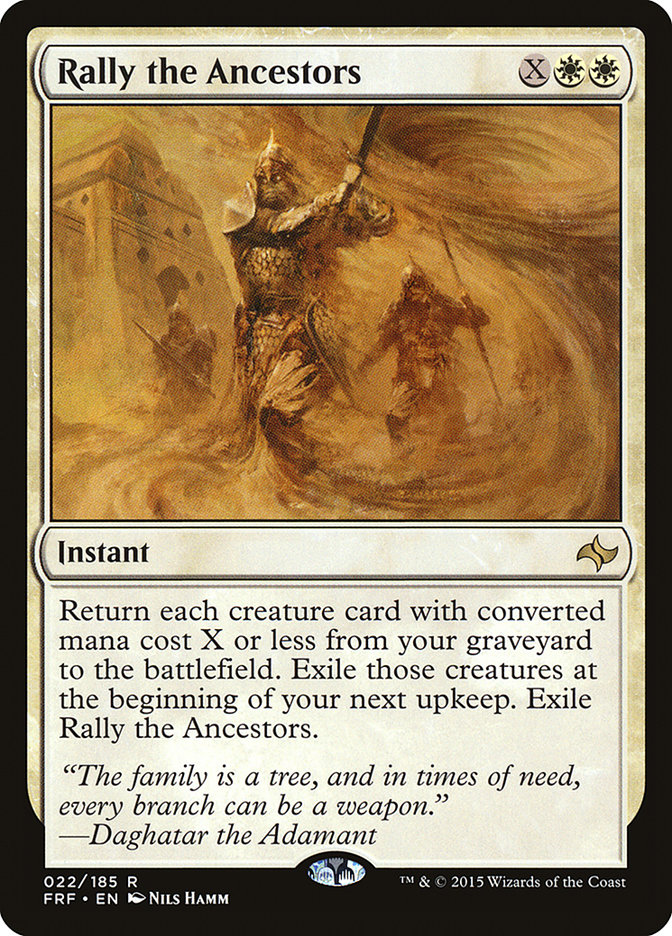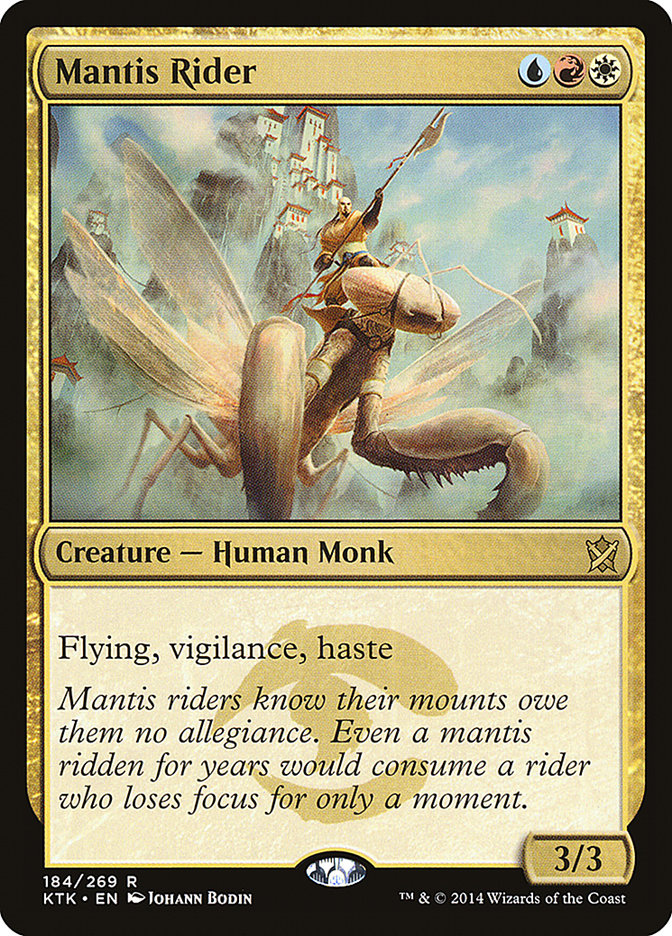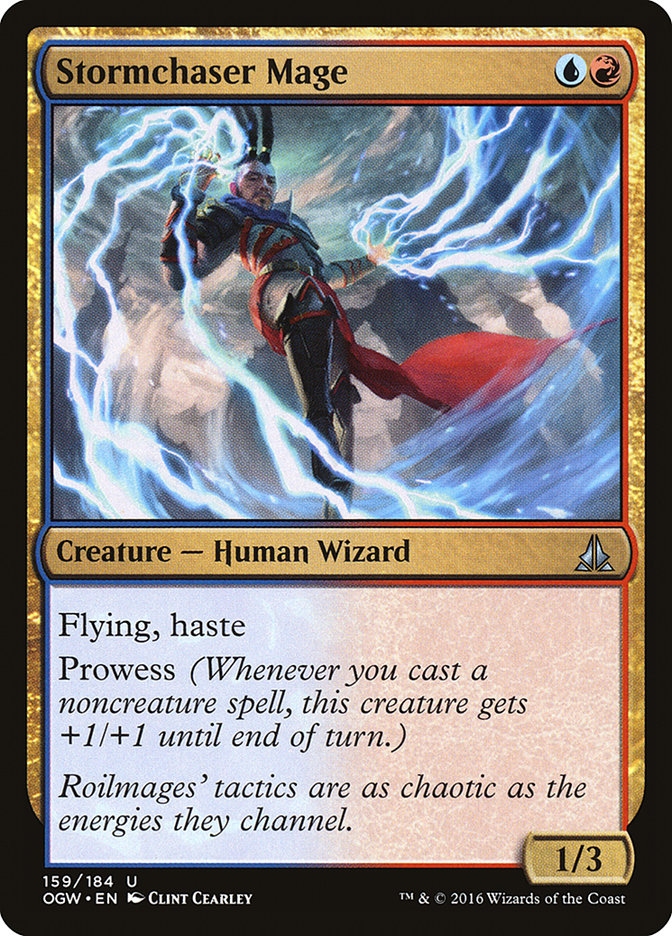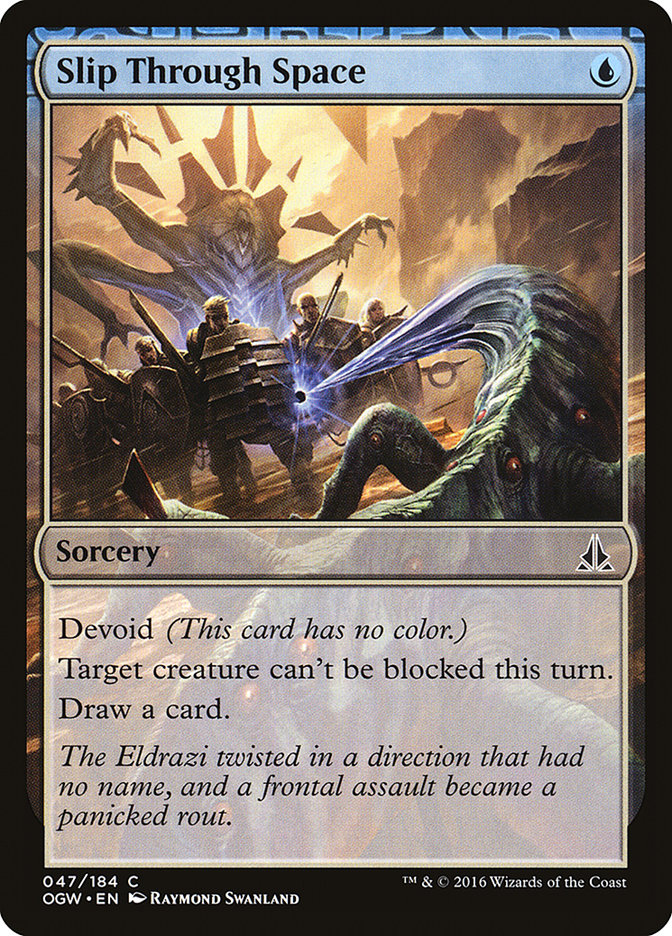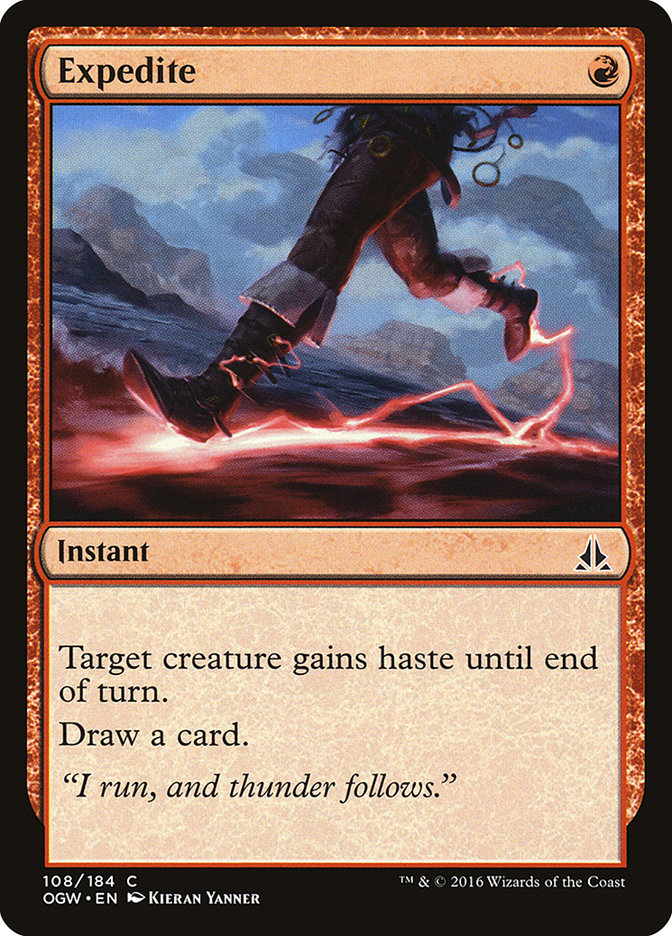One of the nice things about being a Magic player is that Christmas comes several times a year!
Oath of the Gatewatch has just been released, and by the time you are reading this, the first big Standard event of the new format will be in the books. For me, new sets are some of the most exciting times of the Magic year but also some of the most challenging as a deck builder. It’s very easy to get overwhelmed when preparing for a tournament like last weekend’s #SCGATL. Much of the information we have access to is shrouded in mystery because we just don’t have the data from tournament results to help inform us in our deck building. Today I would like to talk about some of the strategies I use when figuring out how to build decks after a format change.
Step One – Establish a Baseline Metagame
Some new set formats are harder to pin down than others. In the past the hard ones were during the autumn set releases like Battle for Zendikar and Khans of Tarkir. The reason for this, of course, is that the new set also comes with a rotation. In the future, smaller rotations will be happening twice as often, and that will be an interesting puzzle to tackle, but for now, we don’t have to worry about a rotation with Oath of the Gatewatch, and we have a fairly established metagame from Battle for Zendikar Standard.
The pre-#SCGATL Standard metagame, from my perspective, looks something like this:
High Tier: Abzan Aggro, Rally the Ancestors, Mardu, Esper Dragons, Atarka Red, Jeskai Black
Middle Tier: Esper Tokens, R/B Dragons, Eldrazi Ramp, B/W Midrange
A sidebar on tiers: I think tiers can be useful when used correctly but shouldn’t be an estimate of what the best deck is. This doesn’t mean that I think Esper Dragons is a better deck than Esper Tokens, for example. What it does mean is that I am more concerned with having a good Abzan Aggro matchup than a B/W Midrange matchup. We use tiers to predict what a metagame will look like.
This is the easy part. We have an entire Standard season’s worth of data to help us get this data. Next comes the fun part.
Step Two – Identify the New Set’s Obviously Powerful Cards
Next we want to make a list of the cards we think will have an immediate impact on the new Standard. These are the cards that everyone knows will be great. A perfect example for this from last set would be Gideon, Ally of Zendikar. This is important for a couple of reasons. First, these are safe cards. We already know they will be good, because either they easily slot into an existing deck or they are objectively very powerful and would be played in any Standard format.
The second reason is because we know everyone will be playing these cards. These cards are the low-hanging fruit of the new set. Everyone knew Gideon was good at the beginning of BFZ Standard, and predictably, he was all over the place in the first few weeks of the format. This is important information for understanding what we need to beat.
I think the most obviously powerful cards in Oath of the Gatewatch are:
Are there other cards in Oath that will turn out to be Standard staples? Almost assuredly. Are these the best cards in the set? Maybe, but it’s very possible that we miss something. And that’s okay. No one can accurately evaluate an entire set before a single event happens. What I do know is that these cards are all very good cards. I want to be playing these cards, and I don’t want to be extremely vulnerable to these cards.
Step Three – Assemble a Theoretical Metagame
This part can be tough. First I check to see if there are any dominant decks from the previous format that are safe picks going into the first week. Although nothing from the last format was super-dominant, I think Abzan and Rally would go at the top of my list. Abzan is pretty intuitive to me. It’s a great safe choice, and people love their rhinos. Rally is a bit of an oddball, though.
Rally is a fantastic deck. It was probably the best deck in the last Standard, although not by a lot, and it got some toys in the new set in Reflector Mage and Ayli, Eternal Pilgrim. There is a catch with Rally, though. Rally is really tough to play, and people don’t seem to want to learn it. The deck looks weird, has strange play patterns, and during last season, it was drastically underrepresented in the metagame for how good it was. Also, the difference between an average Rally player and a great Rally player is massive compared to, say, the difference between an average Abzan pilot and a great Abzan pilot.
However, I think most of the world is starting to get the memo. This deck is real, and it’s really great. I’ve started to see more of the best players in the room pick up the deck, and while I’m not extremely concerned with my Round 3 Rally opponent, I know that if I want to win the tournament, I’m probably going to have to beat a very good Rally pilot.
Next, I like to prioritize proactive decks over reactive decks for unknown metagames at the Open level. Jeskai Black is a great deck. Jeskai Black will not be a well-represented deck in the first week of a new format. This is because Jeskai Black is a very reactive deck. A well-tuned Jeskai Black list requires a deep understanding of what a format looks like. You must know what you need to beat. Siege Rhino, on the other hand, doesn’t care what’s on the other side of the table. It just hits you for four. Stock in Atarka Red, Ramp, and Abzan goes up. Stock in Jeskai Black and Esper Dragons goes down.
Finally, let’s look at what the intuitive new archetypes will be in the new set. These are the decks that, for the most part, build themselves at least half of the way. I think there will clearly be some sort of aggressive Eldrazi deck. There are a ton of obviously powerful new cards for an Eldrazi Aggro strategy. I think there will be a new Prowess deck with Stormchaser Mage, Slip through Space, and Expedite. I also think there will be a new and improved Eldrazi Ramp deck.
While all of these decks are probably solid choices and might end up being very good decks, I tend to shy away from them unless I have extensive time to test them out. There are simply too many things we don’t know about both the format and how the new decks ought to be built to get great value from playing one of these new decks. However, they should be sleeved up in some sense and added to the gauntlet. I think there will be a decent number of people playing them, and getting games in to understand the matchups is important.
So my theoretical metagame looks something like this:
High Tier: Abzan Aggro, Four-Color Rally, Atarka Red, Eldrazi Ramp
Middle Tier: Jeskai Black, Eldrazi Aggro, Esper Dragons, Esper Tokens, Mardu, U/R Prowess
Once again, this is my predicted metagame representation, not my ranking of the decks.
So now we have our metagame. What should we play?
I recommend making very safe decisions.
Lots of people will be trying new things in the new set, and for good reason. New cards are fun! However, we are trying to give ourselves the best chance of winning the tournament. Doing too many new things isn’t inherently bad, but unless you are an excellent deckbuilder and metagamer, my advice is to pretend that the new cards you aren’t sure about, and especially the new archetypes you aren’t sure about, are locked until you have better data through a more developed format.
Play something you know is good, not something you hope is good. You will probably beat all the people who are playing something they hope is good, because nine times out of ten, it will either be medium at best, or it will be good but not tuned well enough to be better than the things we know are good.
Whatever you decide to play, make sure you understand what’s important in every high-tier matchup at the very least. Having good matchups against the top expected decks is important, but it’s often hard to cover everything in a format as wide open as a new Standard. Be proactive, be safe, and be prepared for the top decks.



